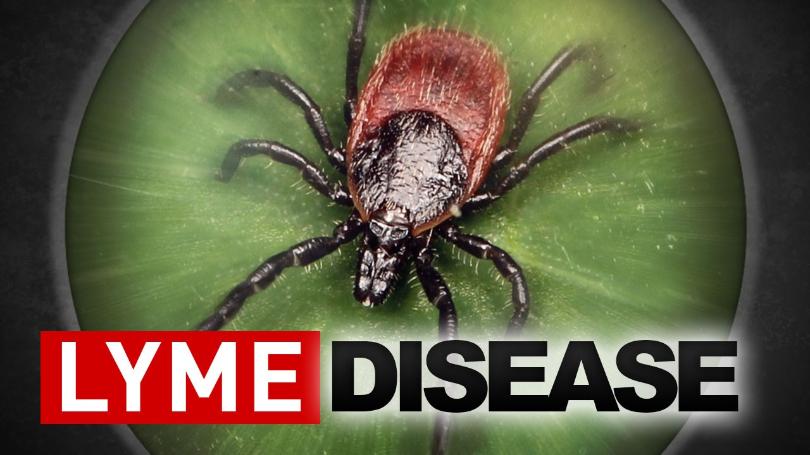New England’s hot summer might be helping keep the ticks that carry Lyme disease at bay.
The Northeastern states — which are some of the worst for Lyme in the U.S., posing a hazard to residents and vacationers alike — are still totaling the number of Lyme cases from the summer months, and there will likely be more in the fall. But preliminary indicators show the disease abating, and public health authorities are finding fewer deer ticks, state officials and researchers said.
In Maine, there had been a steady annual growth of Lyme cases, including a jump of 23 percent to more than 1,850 last year. But the Maine Center for Disease Control and Prevention said Lyme cases for May, June and July were below long-term averages. Those are major months for incidence of the disease.
The arachnids have more difficulty surviving in hot and dry weather, said Charles Lubelczyk, a field biologist with the Maine Medical Center Research Institute in Scarborough, Maine. Maine has had a steamy summer, with Portland experiencing the hottest August on record, and rainfall has been less than normal in many places.
“They aren’t as active as they would normally be. That may translate into less risk for some people,” Lubelczyk said. “This is also being reported in other parts of New England as well.”
It’s possible the ticks have not died, because they have the ability to hunker down and survive in less than ideal conditions, Lubelczyk said. States will have a better idea after the fall, which can also be a bad season for Lyme infections.
But this summer, communities from Connecticut to Vermont are reporting fewer ticks. New Hampshire had more than 1,800 cases last year and only about 400 at the midway point of this year.
It’s possible that the drought at the end of last summer killed a lot of ticks that should have appeared this spring, said Sam Telford III, a professor of infectious disease and global health at Tufts University.
Telford added that factors besides heat have likely played a role in reduced Lyme cases. Some areas actually had heavy rain, and that resulted in ticks not seeking hosts for a meal of blood, he said.
“I have only heard from Nantucket, and they are a pretty good indicator, because they are always way up, and when they say things are down, it’s interesting,” Telford said. “With that dryness last year, I thought we probably would not have much of a year this year, and the real wetness early in the summer may have delivered yet another punch.”
Lyme disease follows a tick bite and can cause symptoms such as joint pain, weakness and fatigue. Some scientists have suggested that warming temperatures ultimately could make the disease more prevalent. Alan Eaton, an emeritus extension entomology professor at the University of New Hampshire, said the sheer number of ticks is unlikely to budge much from one summer.
Officials in Vermont said it’s too early to tell what their state’s final numbers will be for 2018. Lyme disease cases are often reported months after their onset, and many more cases will emerge in the fall.
However, the number of the Lyme disease investigations in the state so far suggests that cases will be down, said Bradley Tompkins, an epidemiologist and program chief with the Vermont Department of Health.
“Right now we have far fewer Lyme disease investigations than we did at this same time last year, so it is indeed likely that Vermont will see fewer Lyme disease cases this year,” he said.
(AP)











